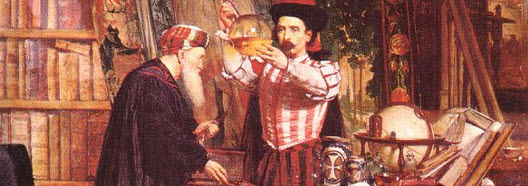Chemistry
Chemistry is often referred to as "the central science" for good reason. Ideas from this class will reappear in many other science classes, especially biology. Many high schools and colleges either require or encourage students to have some chemistry before they start taking biology for this reason. The materials in this section were developed for a regular-level high school chemistry course.
I have a test bank and answer key set written specifically for the resources on this website. Click here to view the subscription page.
This is the sequence of topics I use to try to maximize scaffolding of increasingly complex concepts throughout the course:
1. Particulate Nature of Matter - This unit covers simple, observable chemical and physical properties of matter, such as mass, volume, density, etc. Students are introduced to the importance of accuracy and precision while measuring these different properties, including the use of significant figures.These are all fundamental concepts used throughout the course.
2. Gas Laws and Phase Changes- This is an ideal second unit because it puts all of the measuring and calculating skills from the previous unit into practice. This unit also fits in well with the history of chemistry, as much of the initial work and understanding of atoms was done through experiments on gas behavior.
3. Elements and the Periodic Table- Elements and the periodic table are finally introduced in this unit. Students will learn about the properties of atoms, ions, isotopes, and the basic patterns of the periodic table.
4. Nuclear Chemistry - This unit is a great application of the elements and periodic table unit, because it involves tracking forces within the nucleus and how the nucleus changes as atoms undergo fission, fusion, or decay.
5. Ionic Bonding - In this chapter, students start learning about ionic compounds, how they form, and how they are named. This includes binary ionic compounds, polyatomic compounds, and acids.
6. Covalent Bonding - This chapter covers the formation and naming of covalent compounds. This includes VSEPR, electronegativity, Lewis Dot structures, and molecular geometry.
7. Moles - Students learn about the mole, and how to use it to convert between other units, including volume (liters), mass, and representative particles.
8. Chemical Reactions - Writing and balancing chemical equations for each reaction type: synthesis, decomposition, combustion, single replacement, and double displacement.
9. Stoichometry - Students will utilize their skills from the previous units to predict the mass, volume, number of particles, or moles of reactants or products in a chemical reaction.
10. Thermochemistry - An extension of stoichometry that incorporates energy absorbed or released in exothermic and endothermic reactions.
Click on the links to the left to view the materials for each unit.
